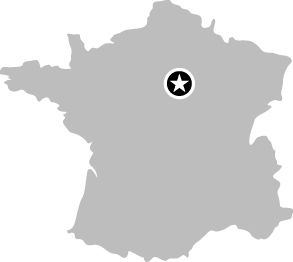018
The Eiffel Tower, Paris, France
 48° 51′ 29.88″ N, 2° 17′ 40.2″ E
48° 51′ 29.88″ N, 2° 17′ 40.2″ E
![]()
The Great Men of Science
Most visitors go to the Eiffel Tower because it’s an icon, or they go for the view from the top, or they wait for nightfall to watch the spectacular light show. But scientific travellers should go because the Eiffel Tower is filled with science and technology.
The tower was built between 1887 and 1889 by the French engineer Gustav Eiffel, and was the entrance to the 1889 World’s Fair in Paris. It was designed as a temporary monument and was initially considered an ugly addition to the Paris skyline. It survived because of its scientific utility.
Almost the entire tower is constructed from puddle iron, which has a higher carbon content than wrought iron and therefore more tensile strength. Puddle iron is made by mixing the pig iron from a blast furnace (see page 282) with iron oxide (rust) and puddling it (stirring the molten mixture). Oxidation occurs inside the mixture, removing some carbon and other impurities. Puddling has the additional advantage that the composition of the resulting iron is controllable by adjusting the amount of iron oxide added.
The iron was formed into plates, which were riveted together with hot rivets on site. The rivets contracted as they cooled to tightly clamp ...

